Art nouveau villa in northern Italy redesigned by Oasi architects into a family home

An art nouveau villa in northern Italy with a history of varied uses and architectural amendments has been redesigned by Oasi Architects into a house for a young family with three children.
Once surrounded by green parkland, the decorative ‘Liberty’ period villa in Busto Arsizio, built in the early 1900s, gradually shifted from suburb to centre as the city expanded. While its grounds were given up to urban infill with a warehouse and a neighbouring building added in the 60s, it retained its poise in the face of change.
Multiple interior modifications over the years as the building changed hands and functions meant that to return the house to its former glory, Oasi Architects had to take a tough approach to bring it back to residential use. For a period of time, it had been used as a rehabilitation centre for teenagers so much of the interior had been remodelled.
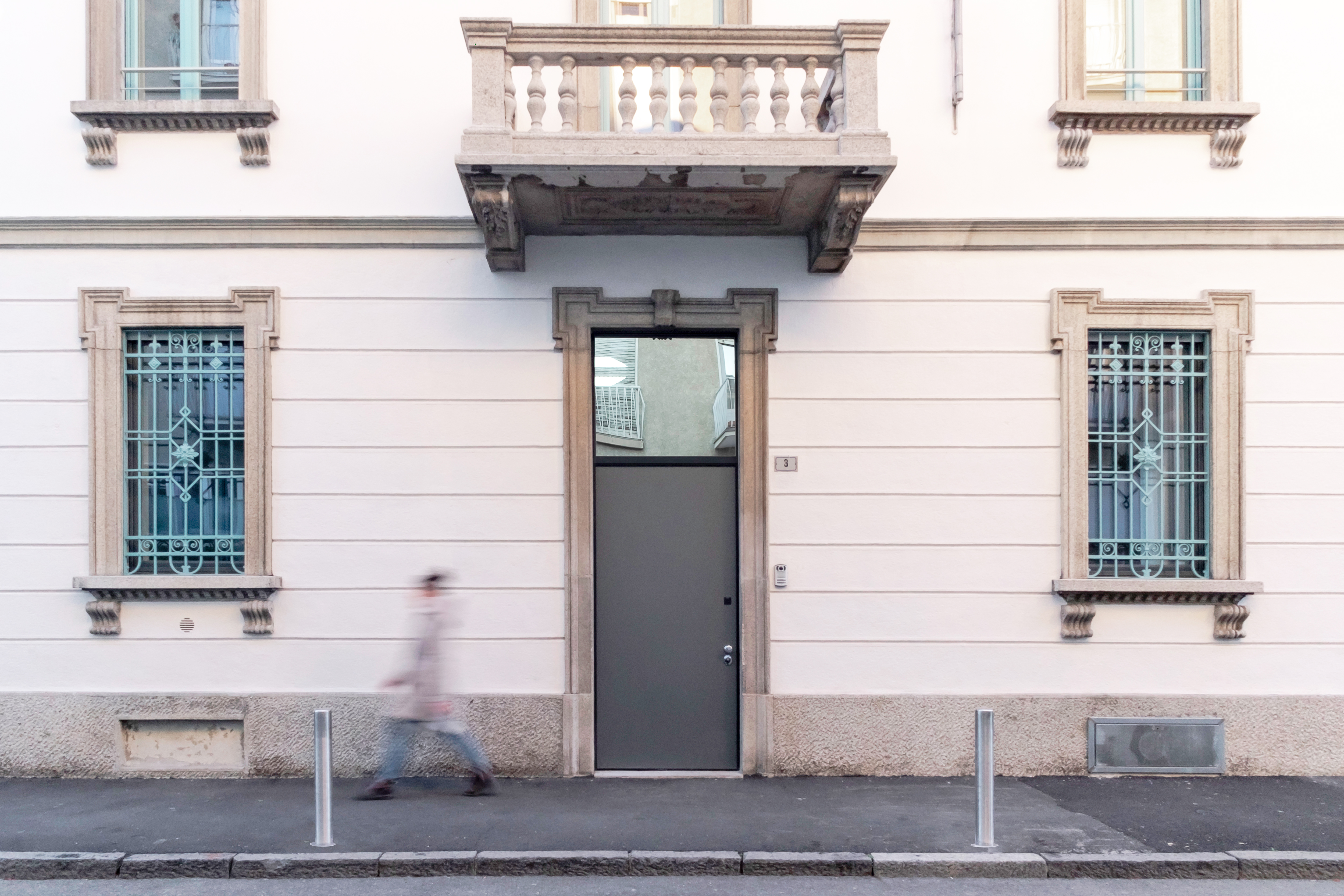
‘The biggest challenge of the project was the attempt to bring to life the hidden spatiality of the house through a subtracting process,’ say the architects, who also had to convince the client that a partial interior demolition was the best way to approach a restoration.
Architects Pietro Ferrario and Francesco Enea Castellanza worked to ‘open, remove, cut, peel, remove, and unveil’ parts of the building to create the modern and functional design now found inside – that also celebrates the gracious character and elegant architectural details of the original villa.
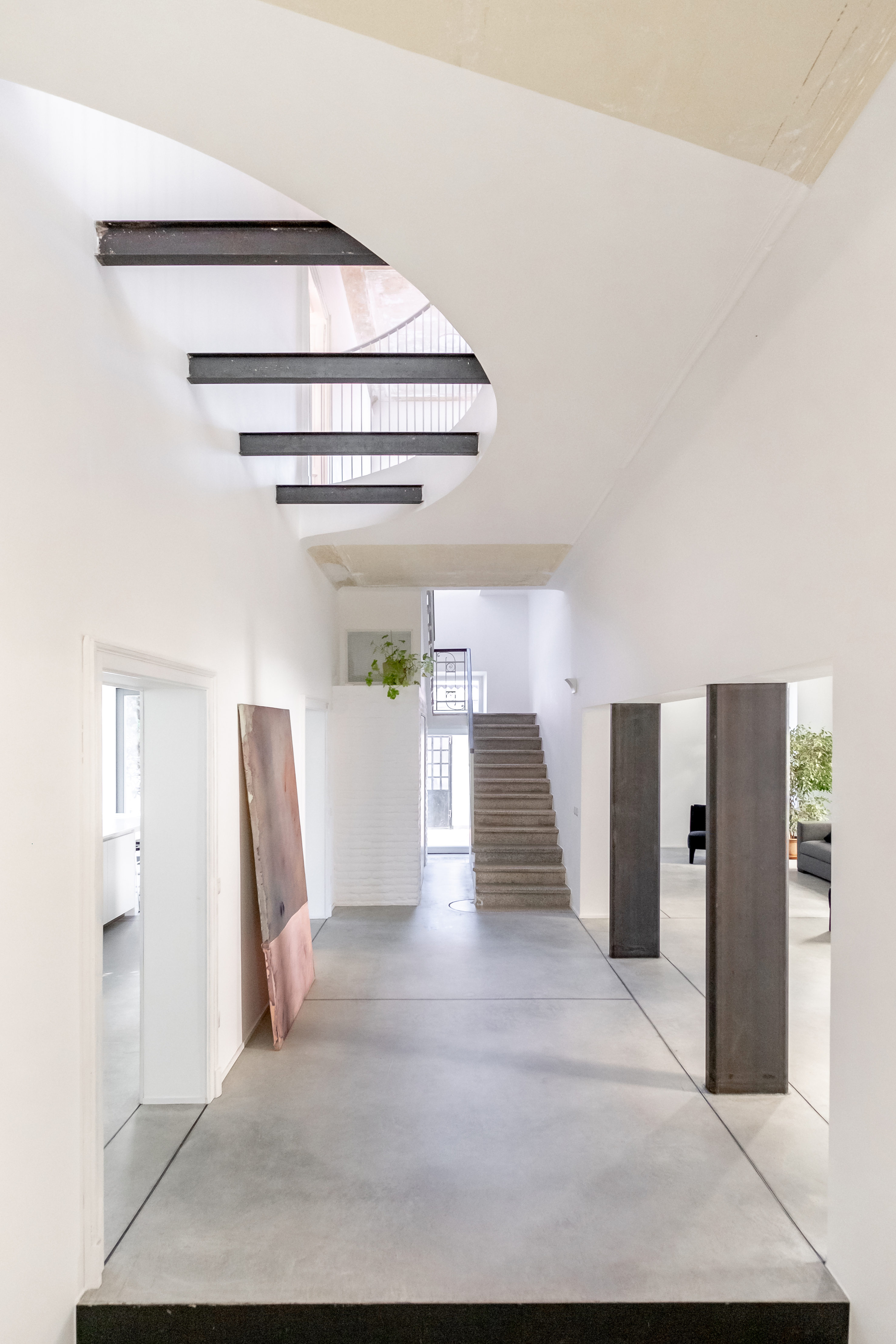
The space across the three-storey house was stripped back to reveal the original wooden roof structure, then remodeled vertically to create a wide central corridor. The floors were re-cut to define new light-filled interior spaces, unique in shape at each level and connected with a renovated central staircase with new steel handrail – just one of Oasi’s trademark artistic twists.
Each floor has its own identity, brought to life with new material details. Industrial cement was cast across the whole ground floor, which becomes a canvas for communal activity. Meanwhile, the first floor, featuring bedrooms and bathrooms, brings richer colours, carpets combining reused and new material and mirrors to expand the perception of space.
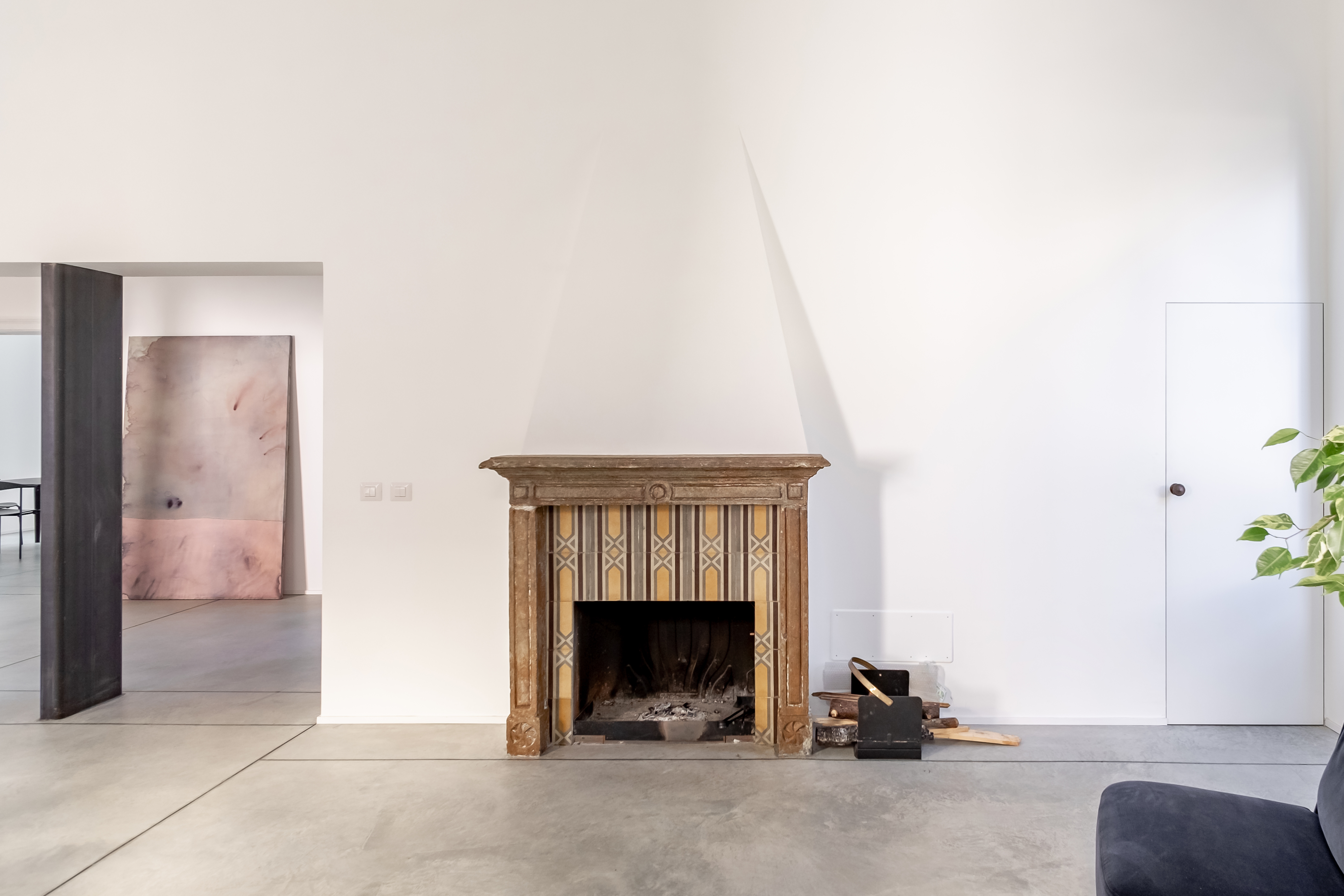




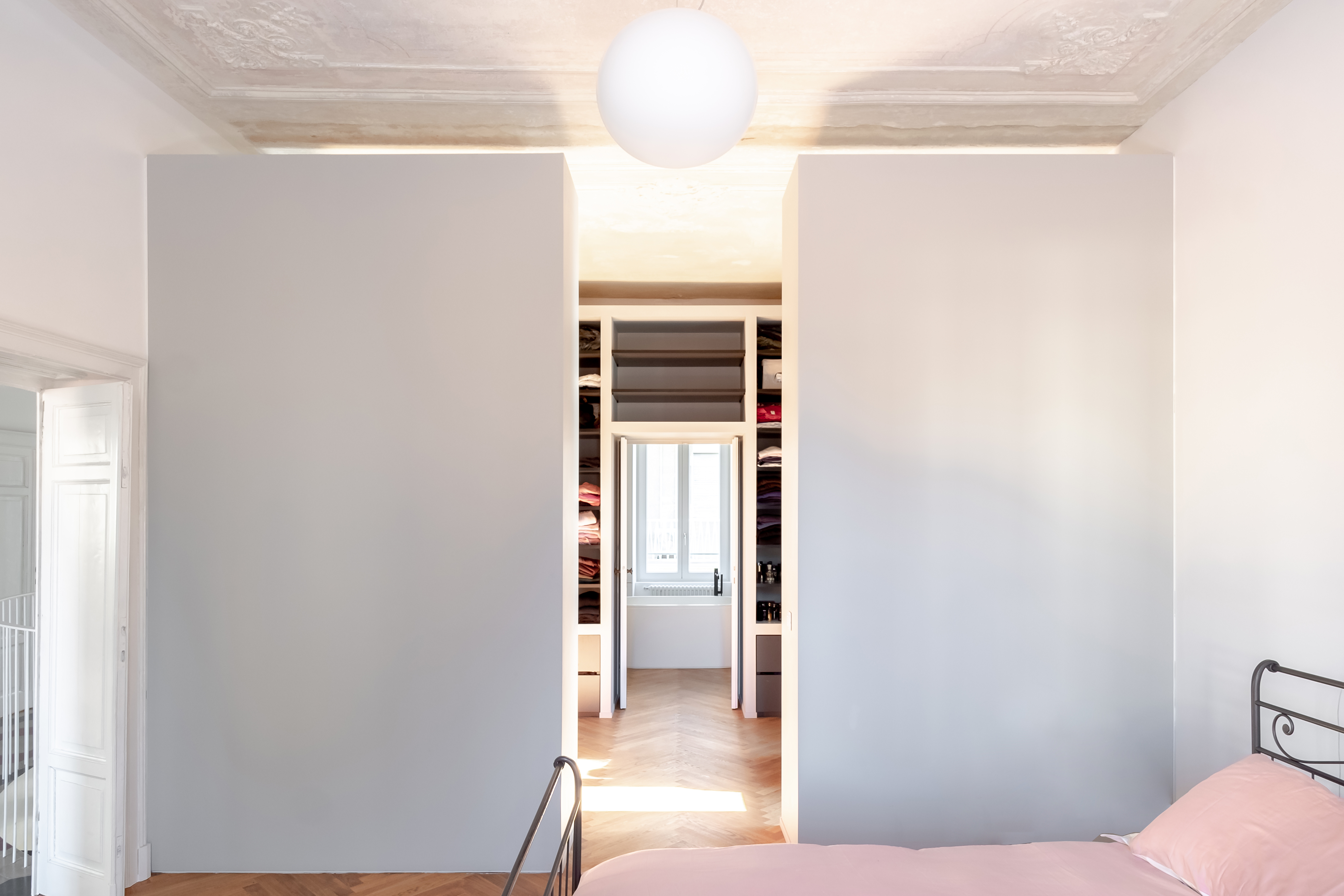
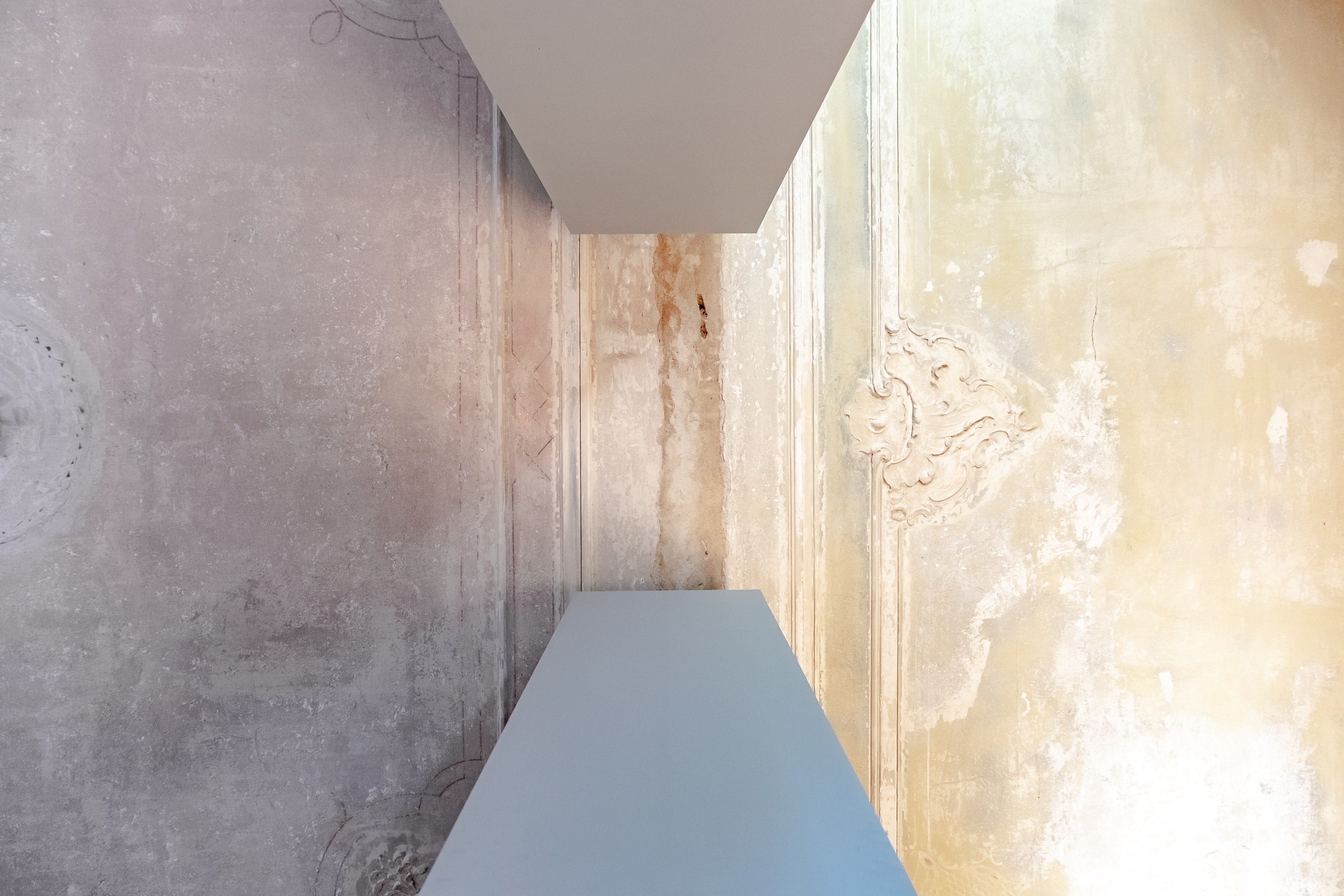
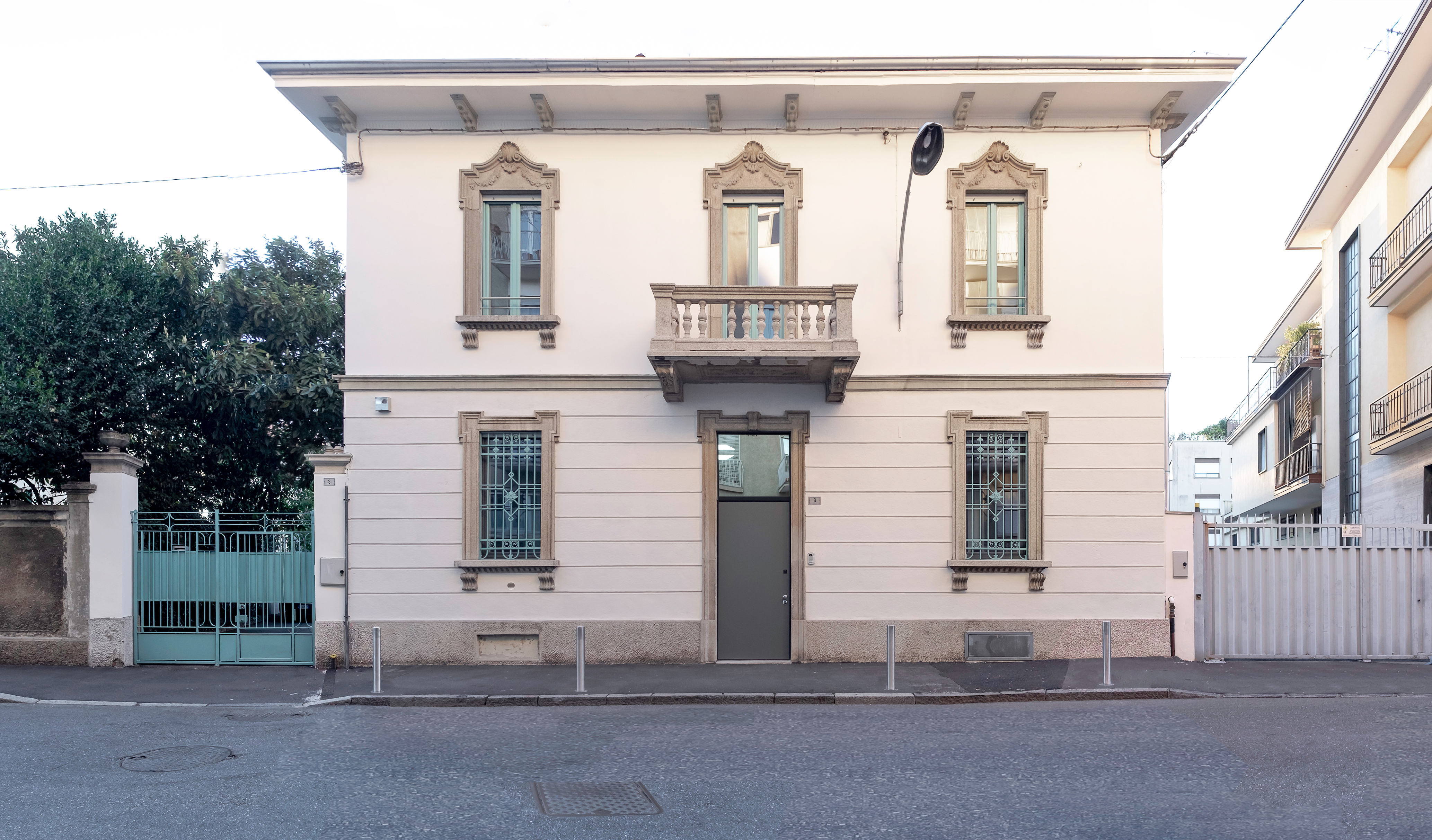
INFORMATION
For more information, visit the Oasi Architects website
Receive our daily digest of inspiration, escapism and design stories from around the world direct to your inbox.
Harriet Thorpe is a writer, journalist and editor covering architecture, design and culture, with particular interest in sustainability, 20th-century architecture and community. After studying History of Art at the School of Oriental and African Studies (SOAS) and Journalism at City University in London, she developed her interest in architecture working at Wallpaper* magazine and today contributes to Wallpaper*, The World of Interiors and Icon magazine, amongst other titles. She is author of The Sustainable City (2022, Hoxton Mini Press), a book about sustainable architecture in London, and the Modern Cambridge Map (2023, Blue Crow Media), a map of 20th-century architecture in Cambridge, the city where she grew up.
-
 In Norway, discover 1000 years of Queer expression in Islamic Art
In Norway, discover 1000 years of Queer expression in Islamic Art'Deviant Ornaments' at the National Museum of Norway examines the far-reaching history of Queer art
-
 The Wilke is LA’s answer to the British pub
The Wilke is LA’s answer to the British pubIn the Brentwood Village enclave of Los Angeles, chef and restaurateur Dana Slatkin breathes new life into a storied building by one of Frank Gehry’s early mentors
-
 Top 10 gadgets of 2025, as chosen by technology editor Jonathan Bell
Top 10 gadgets of 2025, as chosen by technology editor Jonathan BellWhat were the most desirable launches of the last 12 months? We’ve checked the archives to bring you this list of the year’s ten best devices
-
 Modernist Palazzo Mondadori’s workspace gets a playful Carlo Ratti refresh
Modernist Palazzo Mondadori’s workspace gets a playful Carlo Ratti refreshArchitect Carlo Ratti reimagines the offices in Palazzo Mondadori, the seminal work by Brazilian master Oscar Niemeyer in Milan
-
 Wang Shu and Lu Wenyu to curate the 2027 Venice Architecture Biennale
Wang Shu and Lu Wenyu to curate the 2027 Venice Architecture BiennaleChinese architects Wang Shu and Lu Wenyu have been revealed as the curators of the 2027 Venice Architecture Biennale
-
 At the Holcim Foundation Forum and its Grand Prizes, sustainability is both urgent and hopeful
At the Holcim Foundation Forum and its Grand Prizes, sustainability is both urgent and hopefulThe Holcim Foundation Forum just took place in Venice, culminating in the announcement of the organisation's Grand Prizes, the projects especially honoured among 20 previously announced winning designs
-
 Carlo Ratti reflects on his bold Venice Architecture Biennale as it closes this weekend
Carlo Ratti reflects on his bold Venice Architecture Biennale as it closes this weekendThe Venice Architecture Biennale opens with excitement and fanfare every two years; as the 2025 edition draws to a close, we take stock with its curator Carlo Ratti and ask him, what next?
-
 Step inside Casa Moncler, the brand’s sustainable and highly creative Milanese HQ
Step inside Casa Moncler, the brand’s sustainable and highly creative Milanese HQCasa Moncler opens its doors in a masterfully reimagined Milanese industrial site, blending modern minimalism and heritage, courtesy of ACPV Architects Antonio Citterio Patricia Viel
-
 Aldo Frattini Bivouac is a mountain shelter, but not as you know it
Aldo Frattini Bivouac is a mountain shelter, but not as you know itA new mountain shelter on the northern Italian pre-Alp region of Val Seriana, Aldo Frattini Bivouac is an experimental and aesthetically rich, compact piece of architecture
-
 The 2026 Winter Olympics Village is complete. Take a look inside
The 2026 Winter Olympics Village is complete. Take a look insideAhead of the 2026 Winter Olympics, taking place in Milan in February, the new Olympic Village Plaza is set to be a bustling community hub, designed by Skidmore, Owings & Merrill
-
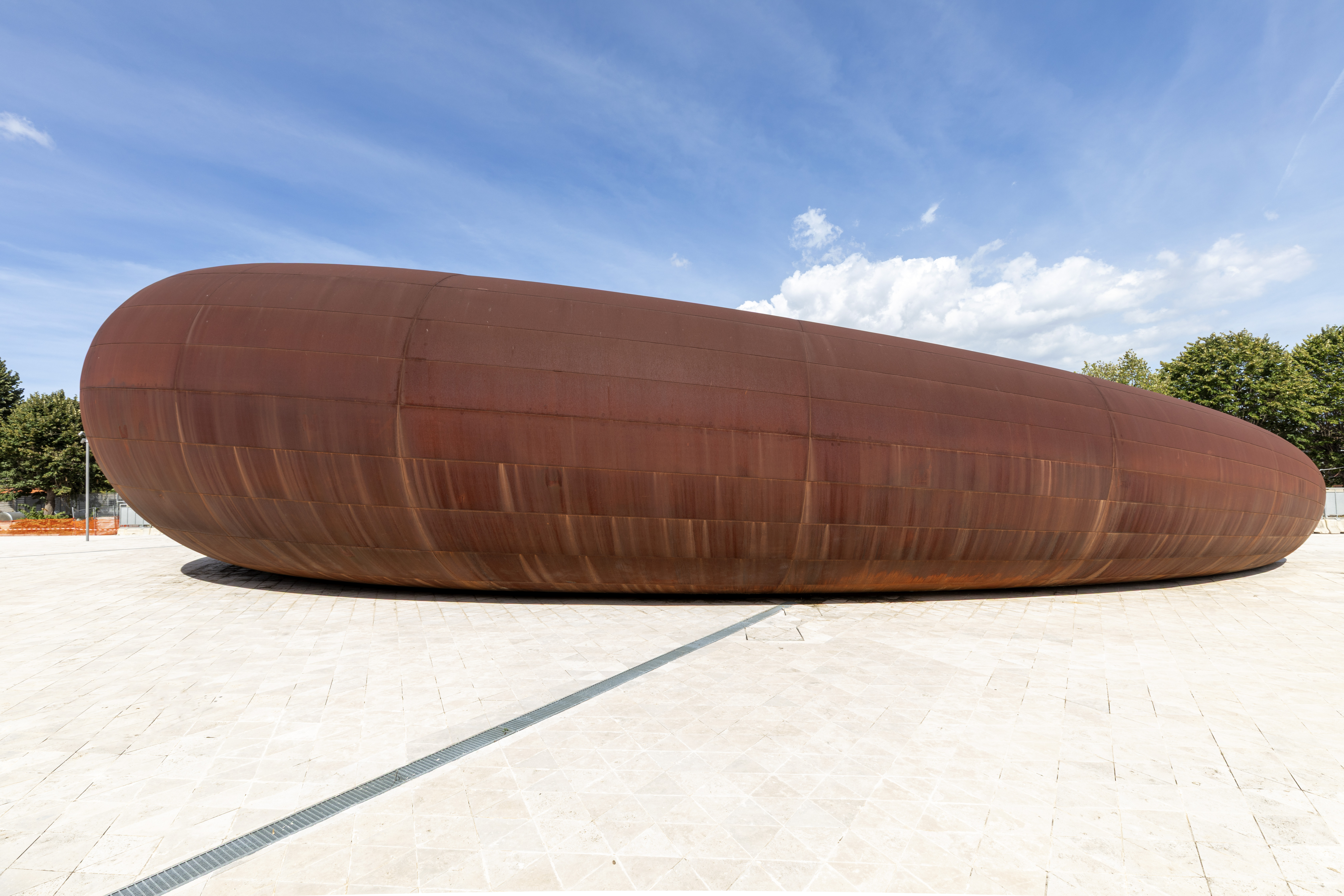 Anish Kapoor designs Naples station as a reflection of ‘what it really means to go underground’
Anish Kapoor designs Naples station as a reflection of ‘what it really means to go underground’A new Naples station by artist Anish Kapoor blends art and architecture, while creating an important piece of infrastructure for the southern Italian city